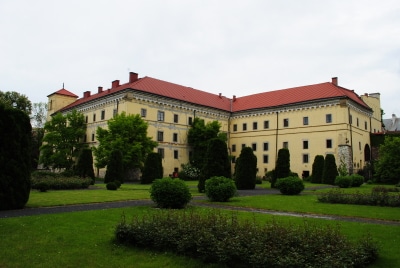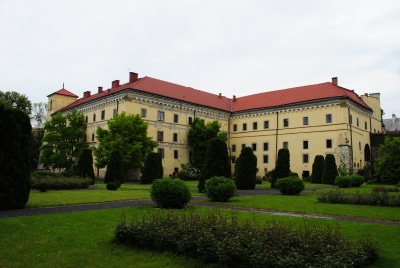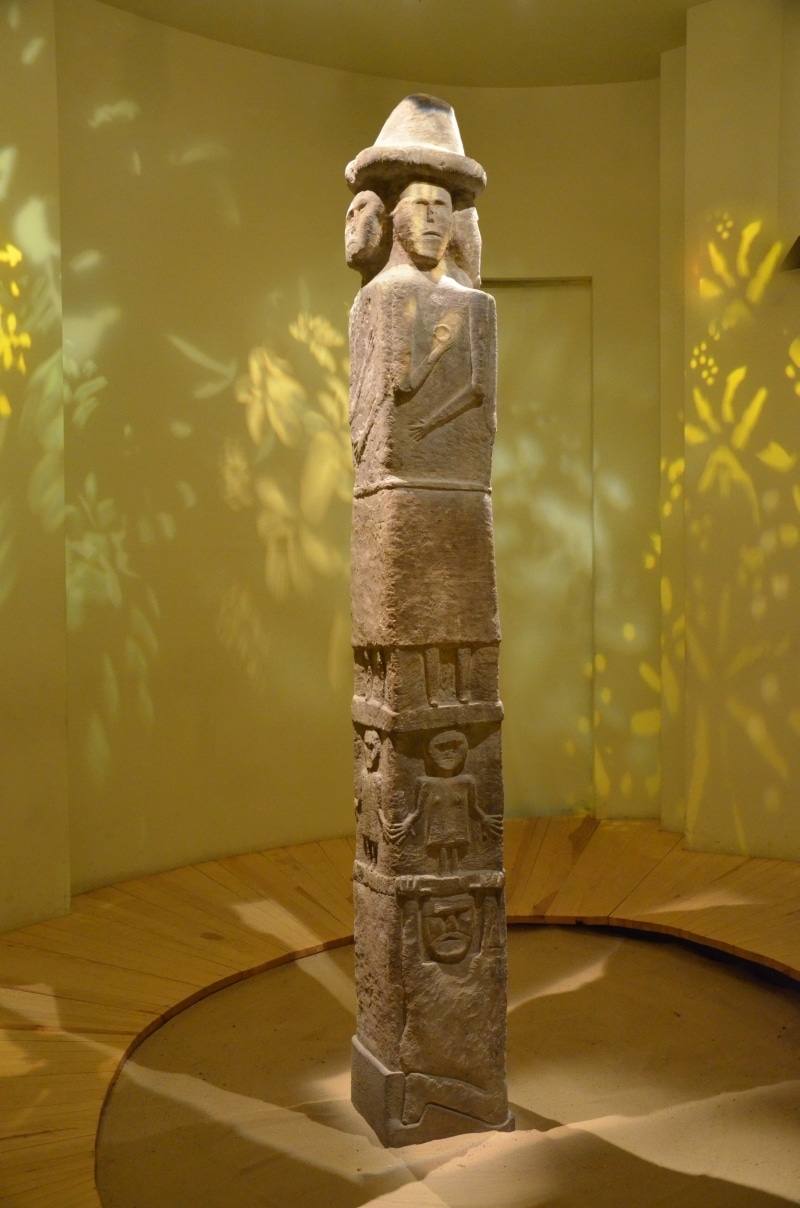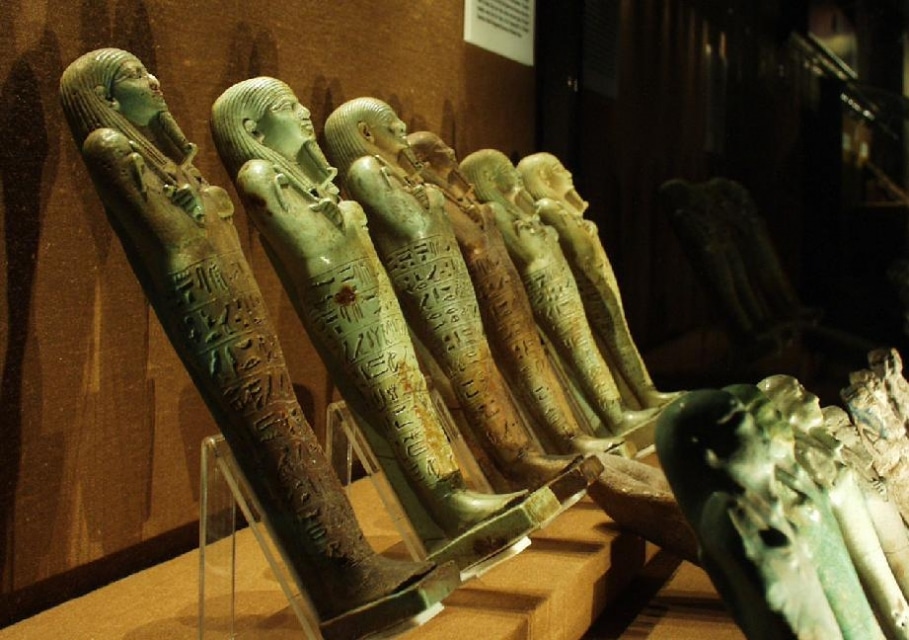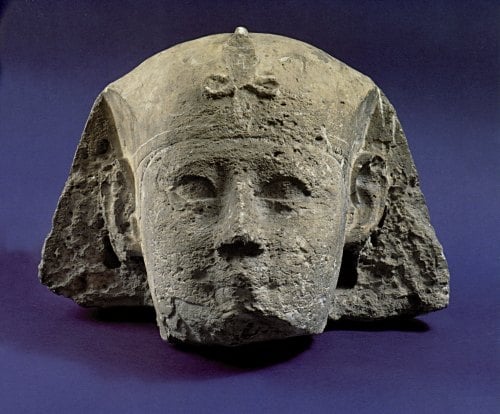Contents
The Archaeological Museum of Krakow is the oldest such establishment in Poland. Originally called the Museum of Antiquity, it opened in 1850. The Museum was founded by a group of intellectuals and academics who were the members of the Krakow Scientific Society.
Archaeological Museum of Krakow
At first, the main exhibition consisted of objects donated to the Museum. Founders of the Museum issued an appeal to the Polish society to send in items that may seem archaeologically valuable. Thanks to a wide response, the collection was expanding quickly. With time, the Museum started to conduct its own archaeological research. Excavations were led in Ukraine, Belarus and Lithuania, and particularly in the region of Lesser Poland (Malopolska in Polish) which is where Krakow is located. In 1949, with the start of construction of the city of Nowa Huta, the Museum began excavations in the area, making it one of the most studied areas in Poland.
Swiatowid – the Zbruch Idol
One of the objects donated to the Museum was The Zbruch Idol (Swiatowid ze Zbrucza in Polish). This is the most valuable item the Museum has in possession.
The Zbruch Idol was unearthed in 1848 from the river Zbrucz in the region of Podolia (then eastern Poland, now on territories of Ukraine). It is most probable that the sculpture was originally located at the top of a nearby hill. The sculpture is considered to be a 9th-century depiction of Swiatowid, the most important Slavic deity. That would make this grey limestone sculpture one of the few monuments of pre-Christian Slavic beliefs.
However, it is not certain that the sculpture dates back to 9th century and that is in fact of Slavic provenance. Some hypothesis even say that the sculpture is a 19th-century mystification created on the wave of huge interest in antiquities and ancient world in the Romantic era.
Permanent exhibition
The Museum is of course mainly dedicated to the archaeological heritage of historical Polish lands. Its main exhibition is called ‘Malopolska in Prehistory and the Early Middle Ages’. It covers 70 000 years of people’s existence in the region of Lesser Poland, from Neanderthal cavemen to the early-medieval Poles.
Another significant part of the Museum consists of Egyptian antiquities. It is the second permanent exhibition at the Museum. It is dedicated entirely to ancient Egypt. The oldest of all Egyptian items at the Museum is a woman’s sarcophagus from the times of the XXI dynasty (1070-946 BC). The sarcophagus was donated in 1834, to the then Krakow Scientific Society and therefore has been one of the very first exhibits displayed at the Museum. The exhibition dedicated to Egypt is called ‘Gods of Ancient Egypt’.
Collection of Egyptian antiquities
It is not coincidental that the second permanent exhibition at the Museum is dedicated to Egypt. In 1907 many more of Egyptian sarcophagi arrived to Krakow, marking the beginning of a large collection of Egyptian antiquities.
It was thanks to a young historian, named Tadeusz Smolenski, who went to Egypt for health recovery and to deepen his studies. In Cairo he get acquainted with the director of the Egyptian Museum, who became Smolenski’s tutor of the history of ancient Egypt. Being a bright student, Smolenski quickly became responsible for cataloging collections of the Egyptian Museum. Later he was offered a chance to administer excavations in El-Gamhud in Middle Egypt. The archaeological research was subsidized by a banker from Budapest who wanted to enrich the collections of museums of Austria-Hungary. At that time Krakow was a part of the Austro-Hungarian Empire, as a result of the Partitions of Poland a century earlier. After the excavation campaign, Smolenski came back to Krakow and some of the sarcophagi found in El-Gamhud were sent to Krakow.
The tradition of research in Egypt initiated by Smolenski was continued between 1910 and 1914 when the excavations were organized by the Academies of Science of Krakow and Vienna. The Museum displays several objects found during this expedition, including ceramics and sculptures.
Polish Army field museum in Egypt
The third time that the Museum received objects from Egypt is associated with the staying of the Polish Army in Egypt during World War II. After the fall of Poland in 1939, many Poles tried to make their way to the Middle East, where the Polish troops were forming. Jaroslaw Sagan was amongst them. He was a representative of the Polish intelligentsia and he remembered the cultural destruction of his home country. Sagan joined the Carpathian Rifle Brigade of the British Army with the garrison in Egypt.
Sagan was stunned with the civilization of ancient Egypt and initially began to collect various memorabilia himself, but soon other soldiers started to contribute and an extraordinary ‘field museum’ was established. It consisted mostly of objects bought by soldiers’ pay or acquired through exchange. These were often valuables purchased from reputable Egyptian antiquarians. Each and every object was recorded in a dedicated inventory book with unbelievable accuracy. What is also admirable is how sensible the soldiers were and did not happen to buy counterfeits.
The collection from Sagan’s field museum shows a unique cognitive value and was donated to the Archaeological Museum in 1948.
Branches of the Archaeological Museum
The main building of the Archaeological Museum is located in the ring of park Planty on Senacka Street. Additionally, there are two branches of the Archaeological Museum. The first one is located in the basement of the St. Adalbert Church on the Main Square in Krakow. The exhibition presents the history of the most important marketplace in Krakow and of the church, located in the south-east corner of the Main Square. The church has operated in this place for over a thousand years and is one of the oldest brick buildings in Krakow.
The second branch of the Archaeological Museum is located in Nowa Huta. Nowa Huta is now a part of the city of Krakow, but over 50 years ago it was a newly established city, the pride of the Soviet government in Poland. However, before this utopian idea could come to life, archaeological research had to be conducted. Archaeologists quickly found huge amounts of historical material and pointed out the need to create a new permanent facility supervising the excavations. Nowadays, employees of this branch, in addition to the on-going care of the thousands of finds still waiting to be surveyed, are also involved in conducting field research in Nowa Huta and the dissemination of knowledge about archaeology.
Visit the Archaeological Museum of Krakow
Main building of the Archaeological Museum
Opening hours:
| January – June | July – August | September – December | |
| Monday, Wednesday, Friday | 9 a.m. – 3 p.m. | 10 a.m. – 5 p.m. | 9 a.m. – 3 p.m. |
| Tuesday, Thursday | 9 a.m. – 6 p.m. | 10 a.m. – 5 p.m. | 9 a.m. – 6 p.m. |
| Saturday | Closed | Closed | Closed |
| Sunday | 11 a.m. – 4 p.m. | 10 a.m. – 5 p.m. | 11 a.m. – 4 p.m. |
Ticket prices:
| Regular | 9 PLN (one combined ticket for the main exhibition and temporary exhibitions) 7 PLN (only the main exhibition) 5 PLN (only temporary exhibitions) |
| Reduced | 6 PLN (one combined ticket for the main exhibition and temporary exhibitions) 5 PLN (only the main exhibition) 3 PLN (only temporary exhibitions) |
| Audioguide | 5 PLN |
| Admission to the gardens | 1 PLN |
* Free entrance on Sundays.
** Last admission 30 minutes before above closing times. The gardens are open during the opening hours of the Museum.
St. Adalbert Church
Opening hours:
| May 4th – 30th October | |
| Monday, Wednesday – Saturday | 10 a.m. – 4 p.m. |
| Tuesday | 10 a.m. – 2 p.m. |
| Sunday | Closed |
* The museum branch is closed on Church holidays.
Ticket prices:
| Regular | 3 PLN |
| Reduced | 2 PLN |
Branch in Nowa Huta
Opening hours:
| November – April | May – October | |
| Monday – Friday | 10 a.m. – 2 p.m. | 10 a.m. – 2 p.m. |
| Saturday, Sunday | Closed | 2 p.m. – 6 p.m |
Ticket prices:
| Regular | 4 PLN (one combined ticket for the main exhibition and temporary exhibitions) 3 PLN (only the main exhibition) 3 PLN (only temporary exhibitions) |
| Reduced | 3 PLN (one combined ticket for the main exhibition and temporary exhibitions) 2,50 PLN (only the main exhibition) 1,50 PLN (only temporary exhibitions) |
* Free entrance on Mondays.
